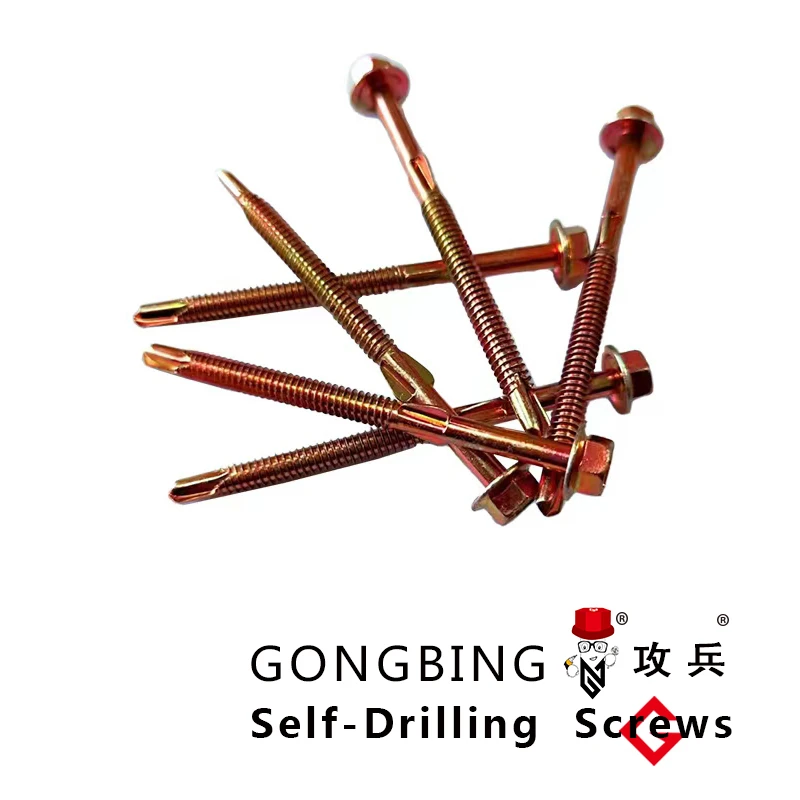anchor bolt wedge type
Understanding Anchor Bolt Wedge Types A Comprehensive Overview
Anchor bolts are critical components in construction and engineering, providing the necessary support and stability to various structural elements. Among the different types of anchor bolts, wedge-type anchors are particularly popular due to their strong holding capacity and ease of installation. This article will delve into the features, applications, and installation processes of wedge-type anchor bolts, providing a clear understanding of why they are favored in various construction projects.
What Are Wedge-Type Anchors?
Wedge-type anchors are designed to secure fixtures to concrete and masonry surfaces. They utilize a unique mechanism involving a wedge that expands when the bolt is tightened, creating a strong grip within the material. This expansion allows them to resist pull-out and shear forces effectively. Wedge anchors come in various sizes and materials, including galvanized steel, stainless steel, and carbon steel, making them suitable for a wide range of applications and environmental conditions.
Features and Benefits
One of the standout features of wedge-type anchors is their robust holding power. When properly installed, they can bear considerable loads and withstand dynamic forces, which is why they are widely used in heavy-duty applications. Some of the primary benefits include
1. High Load Capacity Wedge anchors can support high loads, making them ideal for structural applications. 2. Versatile Use These anchors can be used in both interior and exterior environments, given their range of materials. 3. Easy Installation The installation process for wedge anchors is straightforward, often requiring only basic tools like a hammer drill and wrench. 4. Non-Removable Design Once installed, these anchors are not easily removed, providing permanent fixture solutions.
Applications
anchor bolt wedge type

Wedge-type anchor bolts are used in a variety of applications across multiple industries
. Common uses include- Construction Anchoring steel columns, machinery, and other heavy structures to concrete foundations. - Infrastructure Securing railings, guardrails, and signposts to ensure safety and stability. - Manufacturing Fastening heavy equipment and tools in industrial settings where movement and vibration are present. - Residential Attaching fixtures such as deck posts and shelving units to concrete or masonry walls.
Installation Process
The installation of wedge-type anchors involves several key steps to ensure maximum effectiveness
1. Drilling Begin by drilling a hole into the concrete or masonry surface using a hammer drill with a suitable bit size. 2. Cleaning Remove any dust and debris from the hole to ensure optimal adhesion and grip. 3. Inserting the Anchor Place the wedge anchor into the hole, making sure it is properly aligned. 4. Tightening Use a wrench to tighten the nut on the anchor bolt. This tightening action will expand the wedge, locking it securely into place. 5. Final Inspection After installation, visually inspect the anchor to ensure it is properly secured.
Conclusion
Wedge-type anchor bolts are an essential choice for ensuring structural stability in various construction and engineering applications. Their strong holding capacity, versatility, and ease of installation make them indispensable in modern construction practices. By understanding the features and benefits of wedge-type anchors, professionals can make informed decisions about their use, contributing to safer and more resilient structures. Whether in heavy machinery installation or residential projects, wedge anchors provide a dependable solution for anchoring needs.
-
Weatherproof Plastic Expansion Anchors for OutdoorLabaraiJun.06,2025
-
Sustainability in the Supply Chain: Eco-Friendly TEK Screws ProductionLabaraiJun.06,2025
-
Load-Bearing Capacity of External Insulation FixingsLabaraiJun.06,2025
-
Double Head Bolts: Enhancing Efficiency in Industrial MachineryLabaraiJun.06,2025
-
Corrosion Resistance in Chipboard Screws: Coatings for Wholesale DurabilityLabaraiJun.06,2025
-
Butterfly Toggle Bolts : Enhancing Structural ResilienceLabaraiJun.06,2025
